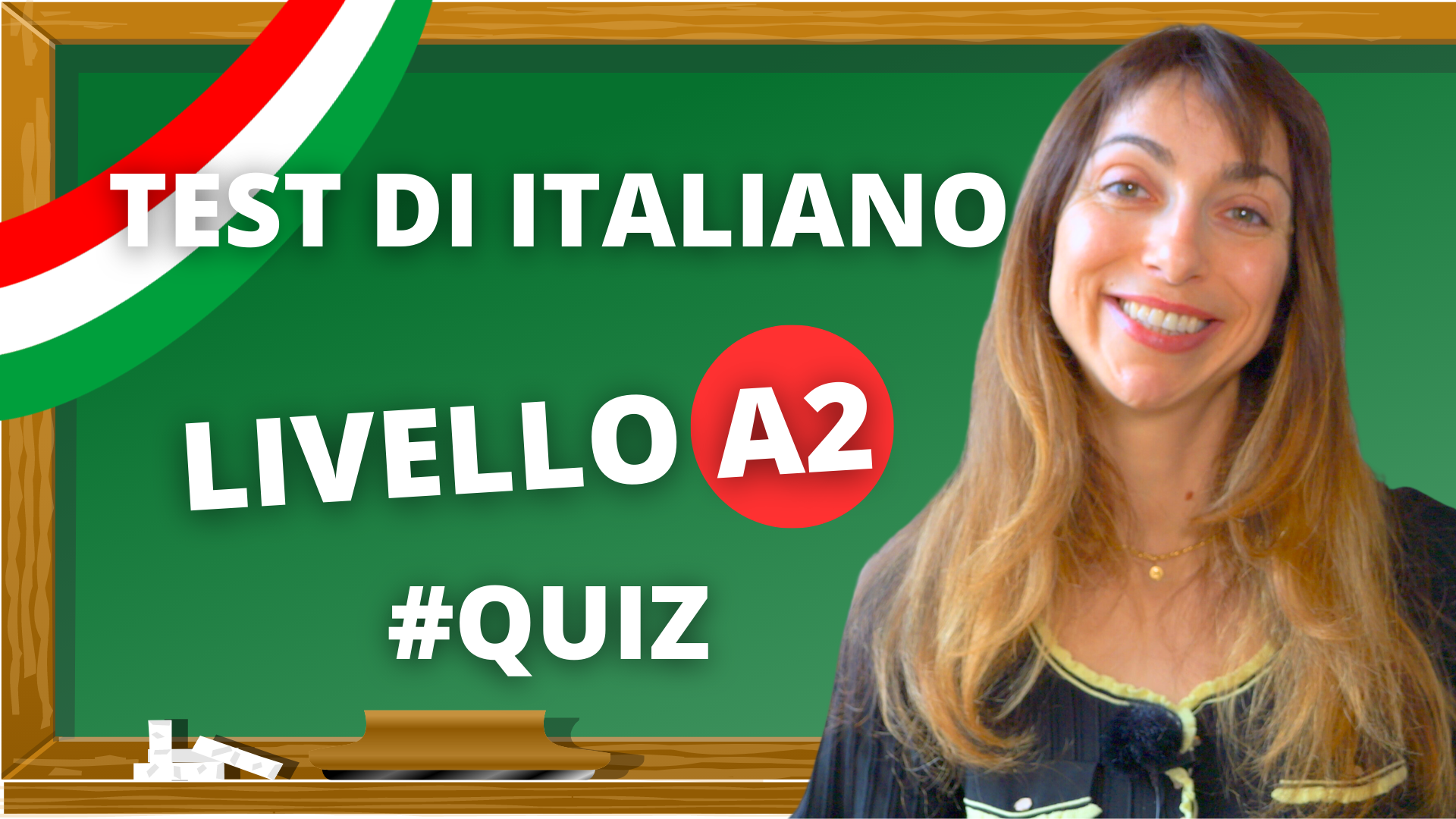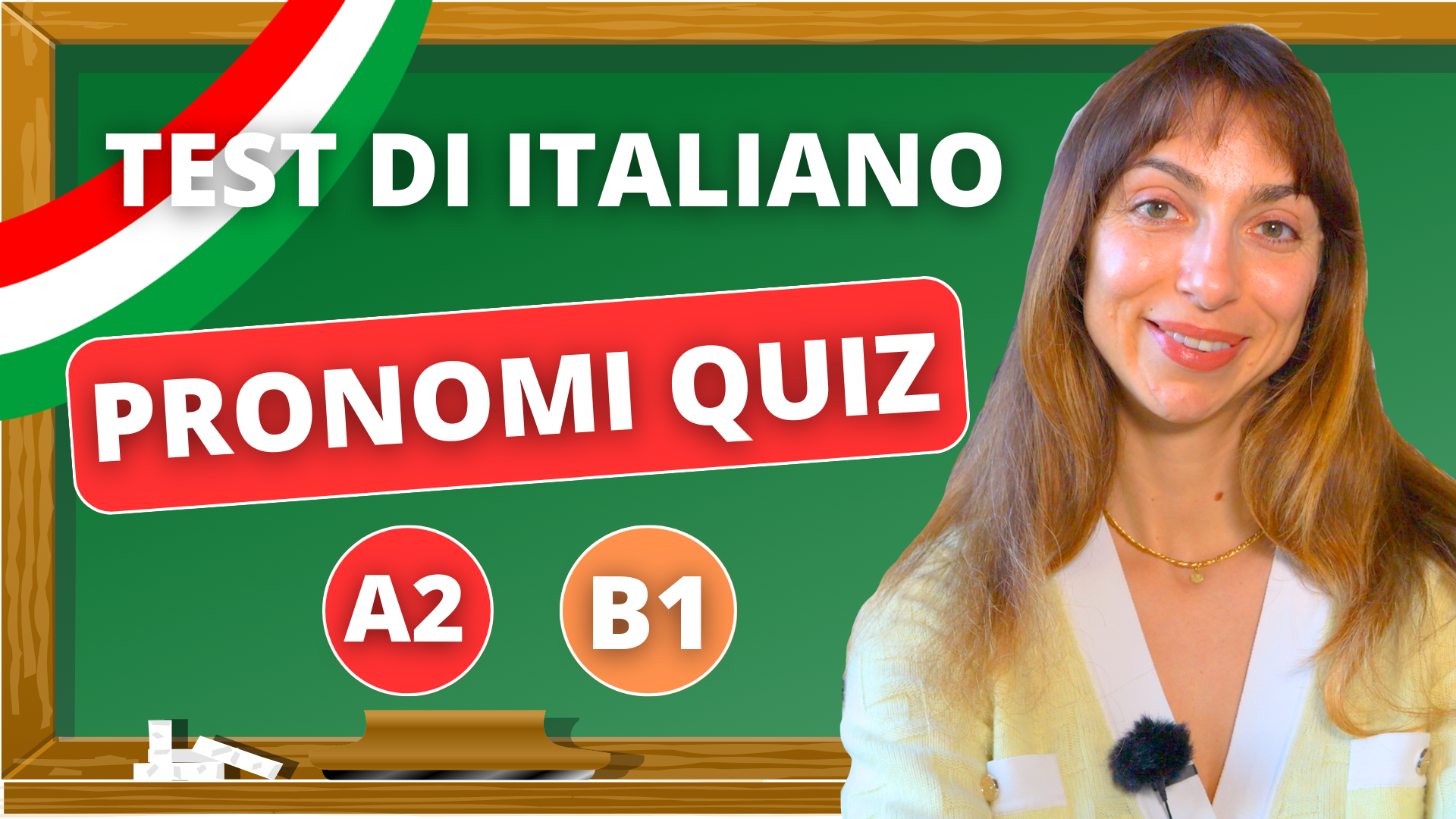Why Italy was the Birthplace of the Renaissance: Understanding Cultural and Historical Factors
The Renaissance was a time of great artistic, intellectual, and cultural change in Europe from the 14th to the 17th century. It was primarily centered in Italy, making the country the birthplace of this important movement. In this article, we’ll explore why Italy was the birthplace of the Renaissance and the cultural and historical factors that made this possible.
Table of Contents
Cultural and Historical Factors in Italy
Italy was the birthplace of the Renaissance due to various cultural and historical factors. Wealthy and powerful city-states, such as Florence and Venice, were centers of trade and commerce and had the resources to support the arts and sciences. Additionally, the political stability of these city-states allowed for a culture of learning and creativity to flourish. The legacy of the Roman Empire and the revival of classical styles and techniques also played a role in the development of the Renaissance in Italy.
Rediscovery of Classical Texts in Italy
One significant cultural and historical factor that made Italy the birthplace of the Renaissance was the country’s central location at the crossroads of trade and commerce. Italian merchants and scholars had access to the trading routes of the Mediterranean. It allowed them to travel and connect with other cultures, including those in the Middle East and North Africa. During these travels, Italian scholars came into contact with the works of ancient Greek and Roman philosophers, historians, and poets, which had been preserved and translated by scholars in the Arab world.
The Italian scholars’ rediscovery of these texts sparked a renewed interest in classical learning and ideas in Italy. These texts had a profound impact on Italian art, literature, and culture. They provided new models and sources of inspiration for artists and intellectuals. For example, the works of ancient writers like Homer, Virgil, and Ovid inspired artists like Botticelli and Michelangelo. They sought to incorporate classical themes and imagery into their works. The rediscovery of classical texts also led to the development of new literary forms, such as the sonnet, which was modeled on the works of the Roman poet, Horace. The renewed interest in classical ideas and humanism led to a new focus on the importance of individualism and personal achievement in Italian culture. And it paved the way for the intellectual and artistic flourishing that became the Renaissance.
Patronage of the Arts: why Italy was the birthplace of the renaissance
Another significant cultural and historical factor that made Italy the birthplace of the Renaissance was the patronage of the arts. Wealthy and powerful individuals, such as the Medici family of Florence, sponsored artists and scholars, providing them with the resources and support they needed to produce great works of art and literature. This patronage allowed artists to focus on their craft and create masterpieces that continue to be celebrated today. The Medici family, in particular, played a crucial role in the development of the Renaissance in Italy. They sponsored artists like Leonardo da Vinci, Michelangelo, and Botticelli. Without the support of patrons like the Medici, many of the greatest works of the Renaissance may never have been created. The patronage of the arts in Italy during the Renaissance also helped establish a tradition of artistic excellence that continues to be celebrated and admired today.
The Influence of the Catholic Church: shaping Italy as the birthplace of Renaissance
The Catholic Church’s influence was significant in Italy, making it the birthplace of the Renaissance. Despite tensions between religious dogma and the emerging spirit of humanism, the Church was a significant patron of the arts in Italy. Its patronage led to some of the Renaissance’s most iconic works: such as Michelangelo’s Sistine Chapel ceiling and Raphael’s School of Athens. Despite the humanist emphasis on secular themes and classical antiquity, many artists still focused on religious subjects. This shows the profound influence of the Church. Furthermore, humanist scholarship often had a religious dimension, as many scholars were clerics who used classical texts to interpret and debate Christian theology.
Role of Italian Women in the Birth of Renaissance
Historically, women’s roles in the birth of the Renaissance have been less acknowledged, but their contributions were significant. In Italy, women like Isabella d’Este and Lucrezia Borgia were influential patrons of the arts. Artists such as Sofonisba Anguissola and Artemisia Gentileschi also achieved considerable acclaim. Women were also the subjects of many Renaissance artworks, with their representation often reflecting the era’s shifting perceptions of femininity and female virtue. Moreover, the increased access to education in the Renaissance led to a rise in female literacy. It gave women like Christine de Pizan the opportunity to become respected authors and intellectuals.
Architectural Developments in Italy
The Renaissance was a period of tremendous architectural innovation. Indeed, Italy’s architectural developments during the Renaissance period are noteworthy. The introduction of linear perspective by Filippo Brunelleschi revolutionized architectural design. It allowed for the creation of buildings that visually appeared to extend into space. Brunelleschi’s design of the dome of Florence Cathedral remains one of the most significant architectural achievements of the Renaissance.
Leon Battista Alberti was another pivotal figure who, in his works, reintroduced classical architectural elements such as columns and arches, setting standards that are still referenced today. This period of architectural evolution redefined cities. It transformed them into reflections of the cultural and intellectual spirit and made Italy the birthplace of the Renaissance.
Legacy of the Renaissance in Italy
The Renaissance had a lasting impact on Italy. The city of Florence is considered a cultural capital of the world and is home to famous works of Renaissance art. The ideas of humanism, which emerged during the Renaissance, helped lay the groundwork for modern democracy. The advancements in science and technology also continue to shape our world today. The Renaissance remains an important part of Italy’s cultural heritage and identity.
The Renaissance spread from its birthplace in Italy to other parts of Europe, profoundly influencing art, culture, and thought in these regions. Italy’s central role in this cultural revolution demonstrates its significance as the birthplace of the Renaissance. The country’s vibrant city-states, combined with its rich history and influential figures, provided the perfect setting for the Renaissance’s beginnings. Today, Italy’s role as the cradle of the Renaissance continues to be a source of national pride and cultural identity.


